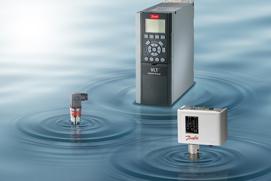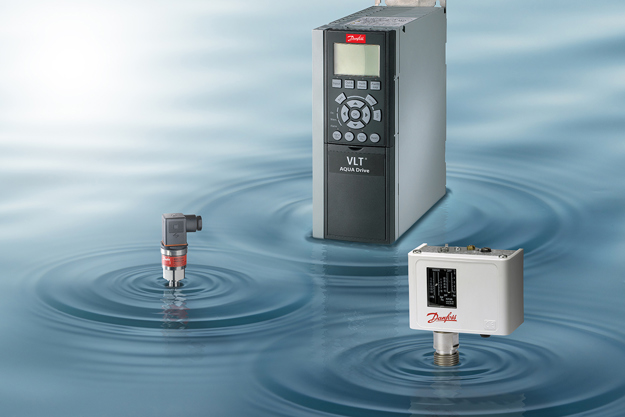Addressing the growing scarcity of water
Water scarcity has been a major challenge for decades. However, the magnitude of the challenge is now growing, making water scarcity a serious threat for countries all over the world. It is estimated that close to 1/3 of the world’s population will live in water scarcity areas by 2025. And this number includes both developing and developed countries. This is emphasized by the European Union, which estimates that 60% of European cities with a +100,000 population do not have a sustainable water supply. At the same time, it is thought-provoking that at any one time over half the world’s hospital beds are filled with people suffering from water-related diseases according to UNDP.
To fight this adverse development, big organizations are raising global awareness towards the fact that water is a limited resource. As mentioned previously, the World Economic Forum has already raised the alarm, and is supported by multiple NGOs, political agreements, and the United Nations, with the latter having developed 17 Sustainable Goals with the ambition to transform our world – goal number 6 is to ensure access to water and manitation for all.
The water-food-energy nexus
It is no secret that the global population is rapidly increasing along with urbanization and a larger middle class. This is, of course, positive and a sign of improved living standards. However, as populations grow, environmental pressures mount. And along with the consumption patterns of an expanding middle class, this will put a critical pressure on food, water, and energy supplies in less than two decades.
The global demand for fresh water will rise by 40%, which in itself will put pressure on water-stressed areas. On top of this, the demand for energy will go up by 50% – further stressing these areas, as 90% of all power generation is water-intense. This means, that power plants will be forced to lower their production of energy due to the lack of water for cooling. Hence, we need to start using water more efficiently to meet the growing demands for water, food, and energy.
You eat tons of water. Everyday.
There is a strong relationship between everyday consumption of food and the use of water. For instance, it takes 70 liters of water to grow one apple and 40 liters to produce one slice of bread. However, what really puts pressure on the water supply is meat production: One kilo of pork takes 4,800 liters of water to make – a big number, though it is easily exceeded by the 15,500 liters of water that it takes to make one kilo of beef. As both the population and the middle class increase, in the future demands for everyday goods will increase significantly – putting great pressure on the environment as withdrawal of water for agriculture already accounts for approx. 70% of all water use globally.
The solutions of tomorrow already exist today
It goes without saying that water is a resource that is essential for continued human and economic development, and therefore must be protected. We cannot refill the world’s freshwater reserves. But we can change the way resources are used.
The good news: Technologies to reduce energy consumption and leakage at all stages of the water cycle already exist – from production and distribution to wastewater pumping and treatment.
Pressure sensors and variable speed drives play a key role in reducing global water and energy loss – especially when it comes to controlling irrigation systems which will have a major impact. And with intelligent monitoring and adaptive pressure control, water utilities worldwide are able to significantly improve pressure management, leading to a great reduction in leakage and non-revenue water.
Read more
-
if (isSmallPicture) {


 Water supply
Water supplyClose to one third of the world’s population currently lives in water stressed and scarcity areas. Danfoss has solutions that can help communities reduce their water loss, save energy and reduced investment in pipe replacement.



